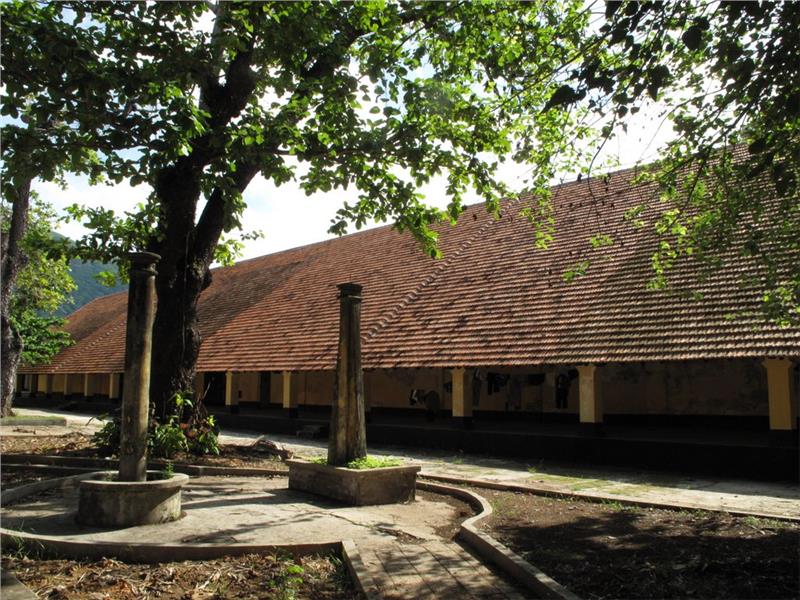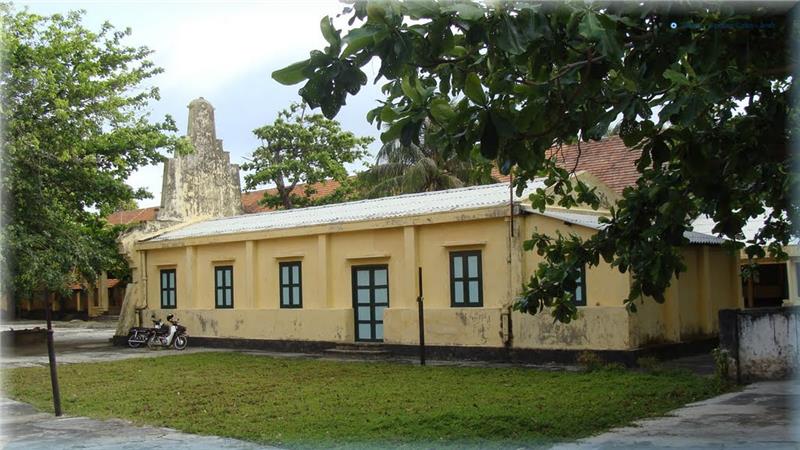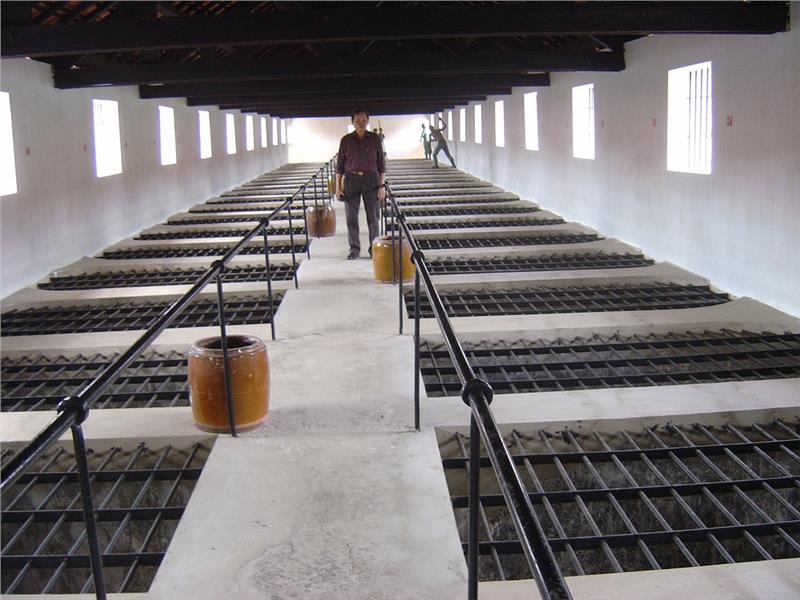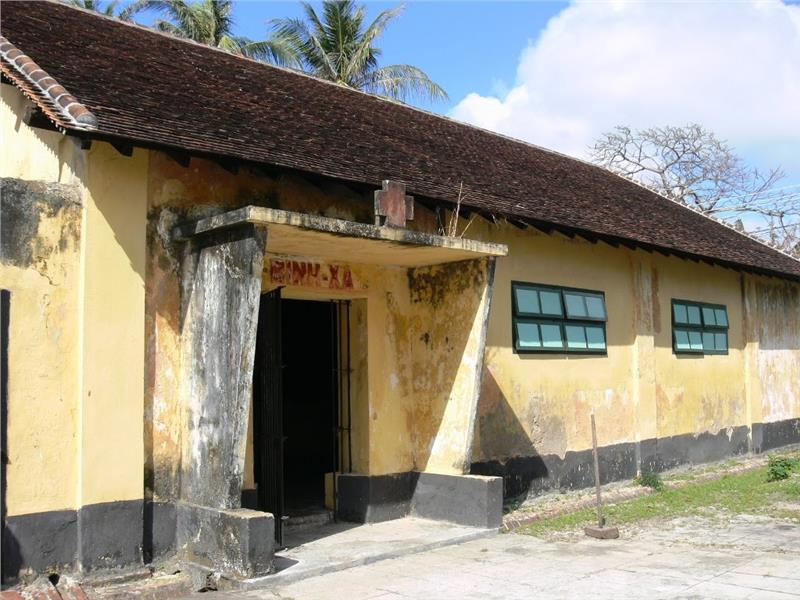Con Dao is located offshore Ba Ria - Vung Tau province. In the past, the colonial empires built Con Dao as a place of imprisoning and torturing political prisoners. They set up the prison system, shackles, chains and all most brutal tortures in order to repress the political revolutions. Therefore, Con Dao is seen as the "hell on earth". Today, Con Dao Island becomes a revolutionary historical relic as well as a famous attraction in Con Dao appealing a large number of tourists. It is a favorite destination not just of domestic tourists, but also international ones. Visiting prisons in Con Dao, tourists will have a chance to understand more about history, origins, and communist traditions of Vietnamese people.

Ranked first in the prison system in Con Dao, Phu Hai is considered the oldest and largest prison in Con Dao and bearing the stamp of the historical period. Today, Phu Hai Prison along with other ones in Con Dao prison system becomes a historic relic welcoming millions of tourists per year. As being the main and oldest prison in Con Dao Prison system, Phu Hai Prison is the standoff monument about the bravery of Vietnamese people and the brutal torture of the French colonialism. Visiting the prison, tourists will have the opportunity to witness the scenery of political cadres and Vietnamese people imprisoned, which is completely reflected through the artificial characters. You might have a feeling of tremendous shudder and authentic look about brutal treatments to Vietnamese prisoners.

Phu Hai prison is also called Bagne 1 (or Prison 1) by the French, while the South Vietnamese called it Camp II and, later, Phu Hai. This prison was built in 1862 and restored in 1896. It has a total area of 12,015 sq. meters. The area of jails occupies 2,915 sq. meters. The dependent area is 1,531 sq. meter. The empty and tree areas comprise about 7,569 sq. meters. There are 10 collective cells divided into 2 rows, 1 special cell, 20 lockups (stone basements), 1 rice milling cellar, and a breaking-up rock area. There are also other areas in this prison such as club, barber's room, kitchen, dining room, auditorium, chapel, orderly room, warehouse, supervisor office and gardens.

Among 10 cells in this prison, cells from No.6 to 10 are places in which many important historical events took place. The cell no.6 is also called a typical "room of death". This cell witnessed the starting point of the war against breaking away Communist Party of political prisoners. The jail is also the place of the first flagship in protecting the sense of purpose and uprightness movement of Con Dao political prisoners. This cell, at the time, occupied averagely 100 prisoners, even reaching up to 180 prisoners. The cell no.7 is the first place where Communist Party formed in Con Dao Prison. Room No. 9 used to be the place of detaining key political cadres of the Communist Party such as Ton Duc Thang, Vo Sy, and Vo Thuc Dong.
This prison hides many special and fierce places. For example, there is a special cell and a rice-milling cellar built behind the club. All prisoners who worked at the rice-milling cellar were kept in the special cell. The rice-milling cellar is a stone room with only one door connecting the special cell. In this cellar, there are five mills; each of them needs 4-6 people to pull. In addition, every two prisoners here had to share a pear chains with 3-7 kg dumbbells. It is believed that the rice milling room is a prison in prison.

Coming to this prison, you will witness thoroughly about a typical slave mode in Vietnam. Almost lands in Con Dao Island are engraved terrible imprisonment. The prisoners must fight an entire apparatus from the “lord” of this island with many guards and henchmen. The prison is embodied the “living hell” in Con Dao. Phu Hai Prison now becomes a historical relic which was ever recognized as a special and important national relic by the Ministry of Culture - Information issued Decision No. 54-VHQD on 29/04/1979. And, on 05/10/2012, the Prime Minister issues the Decision No. 548 / QDTTg on recognizing the prison as a special national monument. When visiting this prison, tourists also have an opportunity to drop by other attractions in Con Dao such as Phu Son Camp (also known as Bagne 2), Revolutionary Museum, Hang Duong Cemetery, and Con Dao National Park.
